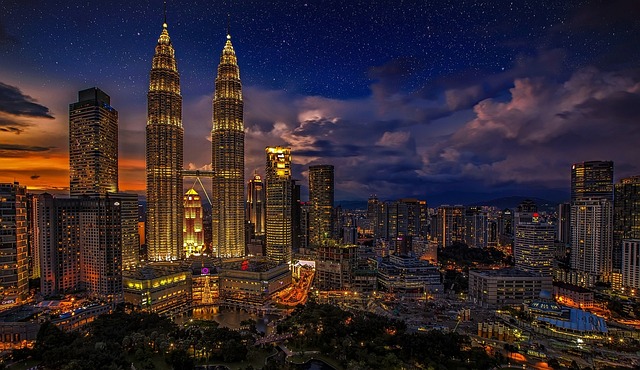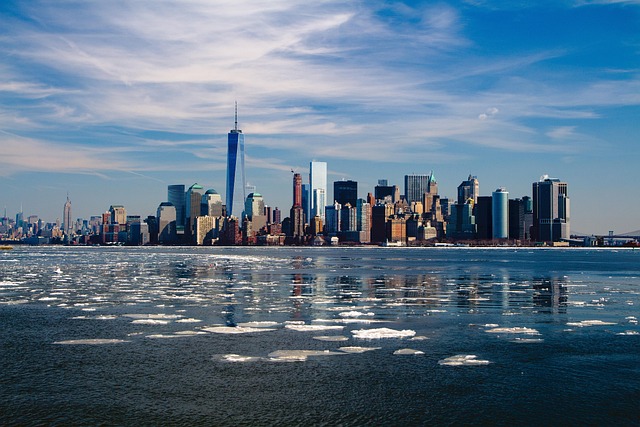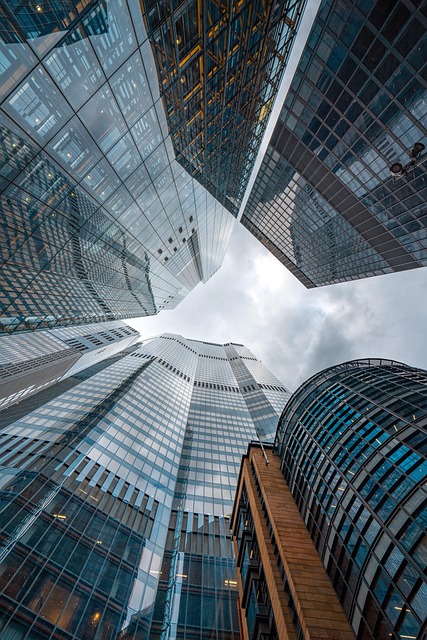
Karachi's advanced gas infrastructure supports its role as Pakistan's economic hub, facilitating residential and industrial growth with reliable natural gas access. The city's diverse energy mix includes local production, imported supplies, and expanding pipeline networks to meet escalating demand from a vibrant commercial center like Shahra-e-Faisal. Efforts to enhance connectivity and explore sustainable energy solutions ensure Karachi's continued development while prioritizing environmental sustainability.
In the bustling metropolis of Karachi, ensuring gas availability is paramount for both residential and industrial sectors. This article delves into the intricate web of Karachi’s gas infrastructure, focusing on Shahra-e-Faisal—a vibrant area known for its strategic location and surrounding neighborhoods. We explore the comprehensive gas distribution networks that serve this region, highlighting challenges and innovative solutions to maintain a steady supply. Understanding these factors is crucial for navigating Karachi’s dynamic energy landscape.
- Karachi's Gas Infrastructure: An Overview
- Shahra-e-Faisal: Location and Nearby Areas
- Gas Distribution Networks in The Region
- Ensuring Supply: Challenges and Solutions
Karachi's Gas Infrastructure: An Overview
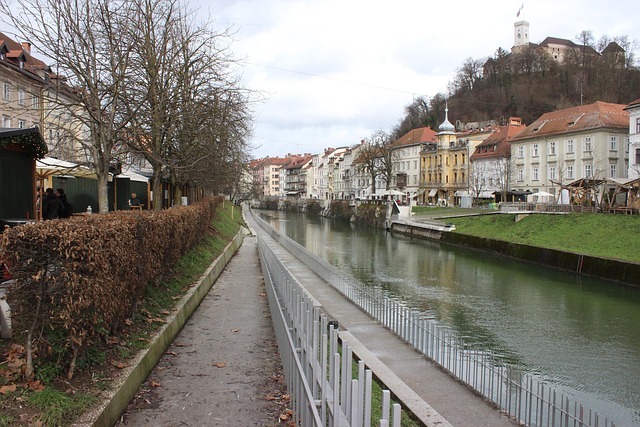
Karachi, Pakistan’s economic powerhouse, boasts a sophisticated gas infrastructure that underpins its industrial and residential sectors. The city’s network comprises a complex web of pipelines, storage facilities, and distribution centers strategically located to ensure reliable access to natural gas for millions of residents and businesses. This robust framework facilitates the efficient supply of both domestic and commercial gas, playing a pivotal role in Karachi’s economic growth and energy security.
The availability of gas in Karachi is further enhanced by the integration of various sources, including local production and imported supplies. This diversity ensures a stable energy feedstock for industries ranging from manufacturing to power generation. As Karachi continues to expand, its gas infrastructure remains a cornerstone for sustainable development, enabling the city to meet its ever-growing energy demands while prioritizing environmental stewardship.
Shahra-e-Faisal: Location and Nearby Areas
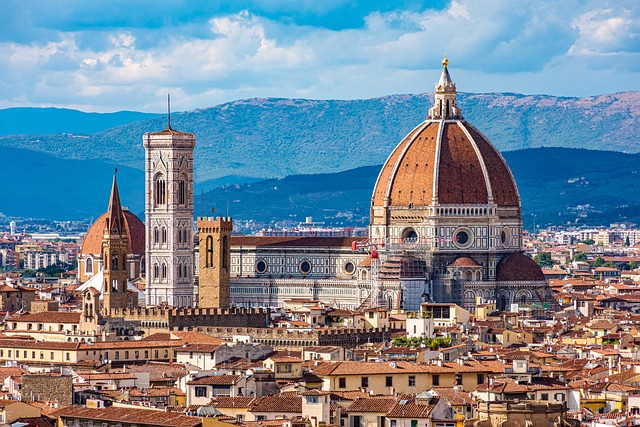
Shahra-e-Faisal is a vibrant commercial hub located in the heart of Karachi, Pakistan’s largest metropolis. This bustling area is known for its lively atmosphere and is a significant center for business, trade, and cultural activities. Surrounded by a network of busy streets, it forms part of a larger urban landscape that includes nearby areas like Boat Basin, Clifton, and the Arabian Sea coastline.
The strategic location of Shahra-e-Faisal makes it easily accessible from various parts of Karachi, fostering a diverse community of residents and visitors alike. Its proximity to key landmarks, such as the oceanfront and popular recreational spots, enhances its appeal. Moreover, the area’s robust infrastructure, including reliable gas availability, contributes to its status as a thriving commercial and residential center in the vibrant city of Karachi.
Gas Distribution Networks in The Region
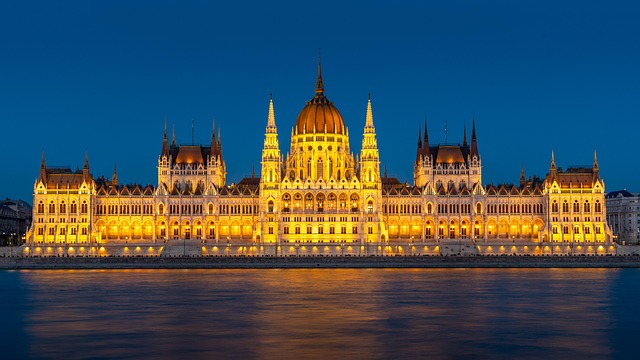
Karachi, as Pakistan’s economic hub, boasts an extensive network of gas distribution systems that cater to its bustling metropolis. The region’s gas infrastructure is a cornerstone of its industrial and domestic energy needs, ensuring a steady supply for various sectors. Gas distribution networks in Karachi are designed to deliver natural gas efficiently, with main pipelines connecting to smaller branches serving residential, commercial, and industrial areas.
These networks play a vital role in the city’s overall development, facilitating industries’ growth and providing affordable heating and cooking fuel to its diverse population. The availability of gas has been a game-changer for Karachi, promoting economic activities while offering cleaner and more efficient energy alternatives compared to traditional sources.
Ensuring Supply: Challenges and Solutions
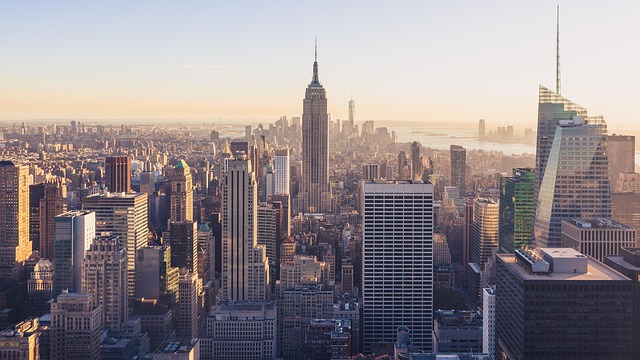
Karachi, as Pakistan’s economic powerhouse, faces unique challenges in ensuring gas availability for its rapidly growing population and industries. The demand for natural gas has been steadily increasing, putting pressure on existing infrastructure. One of the primary issues is the limited distribution network, particularly in suburban areas like Shahra-e-Faisal. To address this, authorities have been pushing for an expansion of the pipeline network, aiming to connect more households and businesses directly to the gas grid.
Innovative solutions, such as the development of liquefied petroleum gas (LPG) stations, offer alternative options. These stations provide convenience and accessibility, especially in areas with limited direct gas connections. Moreover, the government’s initiatives to promote renewable energy sources could also play a role in diversifying Karachi’s energy landscape. By exploring hybrid systems and sustainable alternatives, the city can work towards a more reliable and environmentally friendly gas supply for its residents and businesses.
In conclusion, Karachi’s gas availability, particularly near Shahra-e-Faisal, is a crucial aspect of the city’s infrastructure. By understanding the region’s gas distribution networks and addressing challenges through innovative solutions, we can ensure a steady supply to meet the energy demands of this vibrant metropolis. The efficient management of gas resources in Karachi, as showcased by the comprehensive overview presented, highlights the city’s commitment to a reliable and sustainable energy future.
